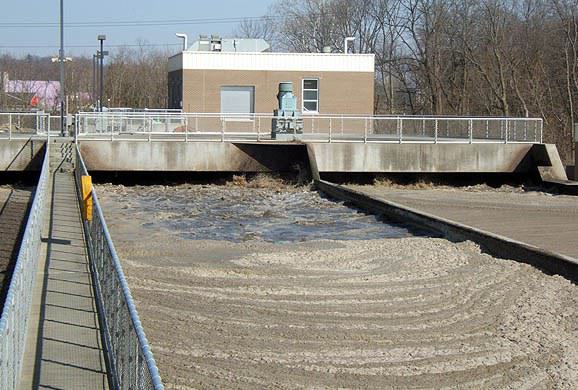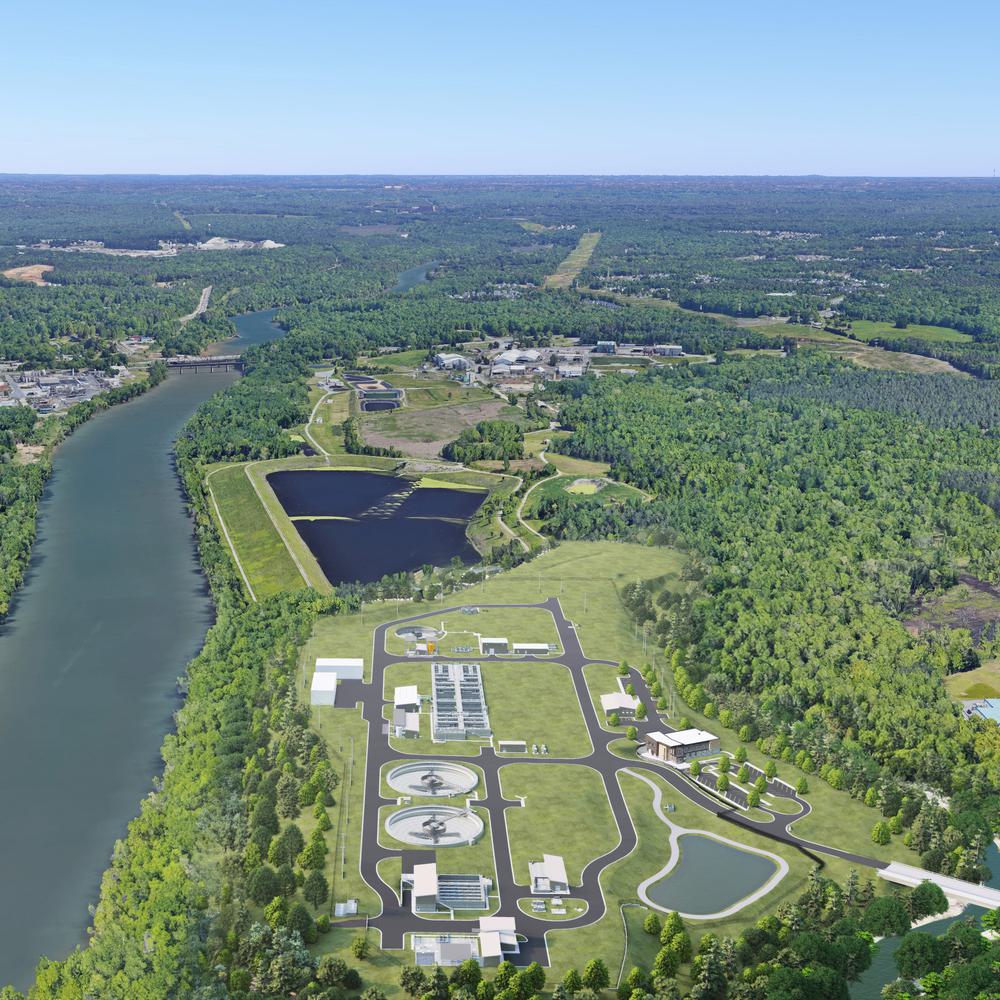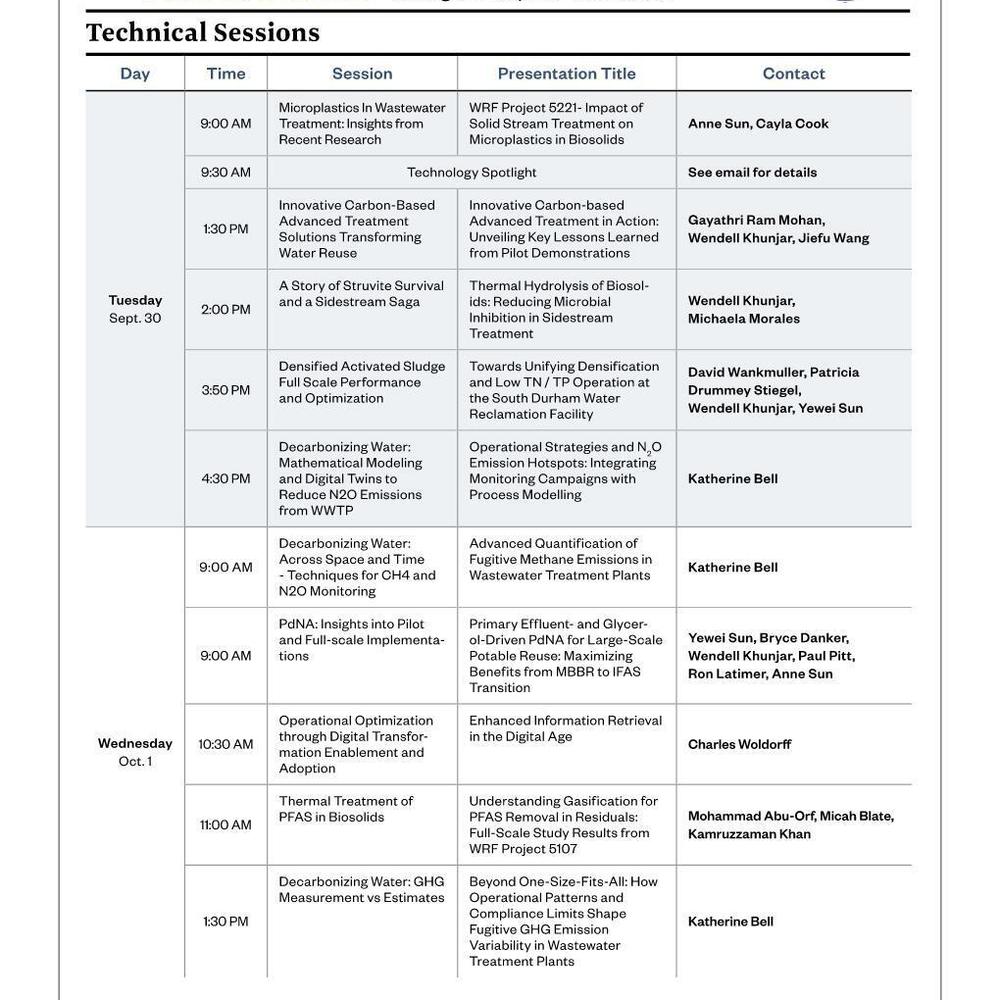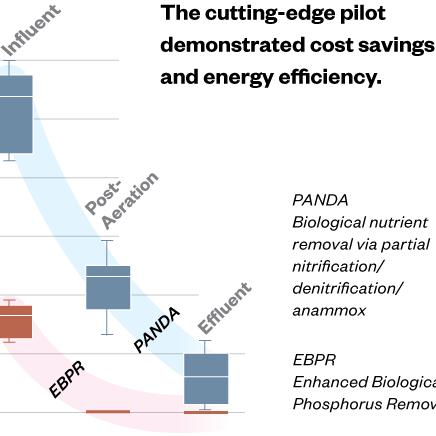LeSourdsville WRF Master Plan and Phased Improvements
Butler County Water and Sewer Department (BCWS) is a proactive utility that provides water and wastewater to a large portion of Butler County, OH. Butler County is just north of Cincinnati and Hamilton County and is a “suburb community” of the Cincinnati and Dayton area.
In 2007, Hazen and Sawyer completed a Facility Master Plan for the LeSourdsville WRF. The Master Plan included plans for upgrade and expansion of the facility to increase its dry and wet weather capacities in three phases, along with the inclusion of measures to facilitate its compliance with anticipated future changes in regulatory limits.
Hazen and Sawyer has since completed design of the Phase 1 Improvements, which included operability and reliability improvements, including a new septage receiving facility, vactor unloading area, additional dewatering centrifuge, sludge pumping improvements, demolition of the existing RBC train, and improvements to the effluent aeration facility. These improvements are currently under construction.

Gary Haubner has decades of water environment experience, including meeting budgets and schedule deadlines, allocating staff resources, and communicating with clients.
Related Topics:


The Phase 2 Improvements include expansion of the rated annual average capacity of the plant from 12 million gallons per day (mgd) to 15 mgd, and an increase in wet weather hydraulic capacity from 32 to 70 mgd. Improvements include:
- New influent pump station
- New preliminary treatment facility with fine screening and grit removal
- New aeration basins with fine bubble aeration
- New blower building
- Replacement of existing secondary clarifier mechanisms in three existing clarifiers
- Upgrades to existing RAS/WAS pump station
- Construction of one new secondary clarifier and new second RAS/WAS pump station
- Conversion of existing oxidation ditch to flow equalization storage
- New 3MW generator and power distribution equipment
The design is being carried out in two steps. The first phase includes the new biological treatment system and the generators/power feed facilities. These improvements are being designed on an accelerated schedule to allow regulatory approval prior to implementation of proposed new regulations that would cost BCWS up to $6M in additional improvements.
Project Outcomes and Benefits
- Expanded dry weather treatment capacity from 12 million gallons per day (mgd) to 15 mgd.
- Expanded wet weather hydraulic capacity from 32 to 70 mgd.
- Enhanced ability to comply with anticipated future changes in regulatory limits.
- Improved operability and reliability.





















